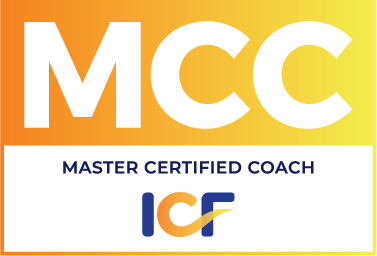Remember we are starting our series with asking for and receiving feedback.
In our first blog post on feedback, we identified four ways to obtain feedback for yourself:
1. Seek Clarity
2. Stop, Start, Continue
3. Specific Questions
4. Making an Effective Feedback Request
Today we start with the first.
1. Seek Clarity
In the last blog post on feedback, we established that pretty much everything is feedback, in a broad sense; and that more narrowly, meeting goals and not meeting goals is feedback as well. Put in the simplest of terms, not meeting a goal is feedback that something did not work. What exactly that means is a tougher question though. How do we interpret our feedback?
Try Different Things
Take the example of shooting a basketball. If you miss and the ball bounces to the right, that is feedback. Now, you have to figure out why the ball bounced right (or what you need to do differently to make the shot); i.e., what does the feedback mean? Y ou can do this in different ways. One way to make this determination is by moving one way or another and shooting again. You can try different stances or positions. The feedback doesn’t tell you what to do. It just tells you if something is working or not working. Trying different things to get the result you want is seeking clarity as to the meaning of the feedback.
ou can do this in different ways. One way to make this determination is by moving one way or another and shooting again. You can try different stances or positions. The feedback doesn’t tell you what to do. It just tells you if something is working or not working. Trying different things to get the result you want is seeking clarity as to the meaning of the feedback.
If you did not meet your goal to bring in a certain amount of revenue last month, that is feedback. If the meaning of the feedback is not clear to you, you might just look at all the things you did last month and try different strategies. Then look at your result and see if you made a basket or shot wide, so to speak.
Another way to seek clarity would be to ask someone what they think you are doing that isn’t working. This is involved in the next three methods for gaining feedback and will be covered in the next three blog posts.
Ask Questions to Clarify
In your business, if someone seems upset with you, that is feedback. But is it feedback for you or is it about something else? The person may just be having a bad day. As such, the most important thing you can do in interpreting feedback accurately is to ask clarifying questions. “You seem upset. Would you tell me why that is?” Then listen; and continue to ask clarifying and neutral questions until you get all the information you need. This is seeking clarity.
The opposite of seeking clarity is making assumptions. The most important thing in interpreting feedback is to not make assumptions. If you have a customer who is upset, it is equally ineffective to assume, “He is not upset with us; he is probably just having a bad day;” as it is to assume, “He is mad at us because we did not return his phone calls.”
Feedback is everywhere and negative-seeming emotion from other people whether they are in your family or at your office is a prime piece of feedback. Inquire. Communication is imprecise. Much of communication is nonverbal. Do not interpret nonverbal communication without seeking clarity. Ask open-ended questions. Find out.






